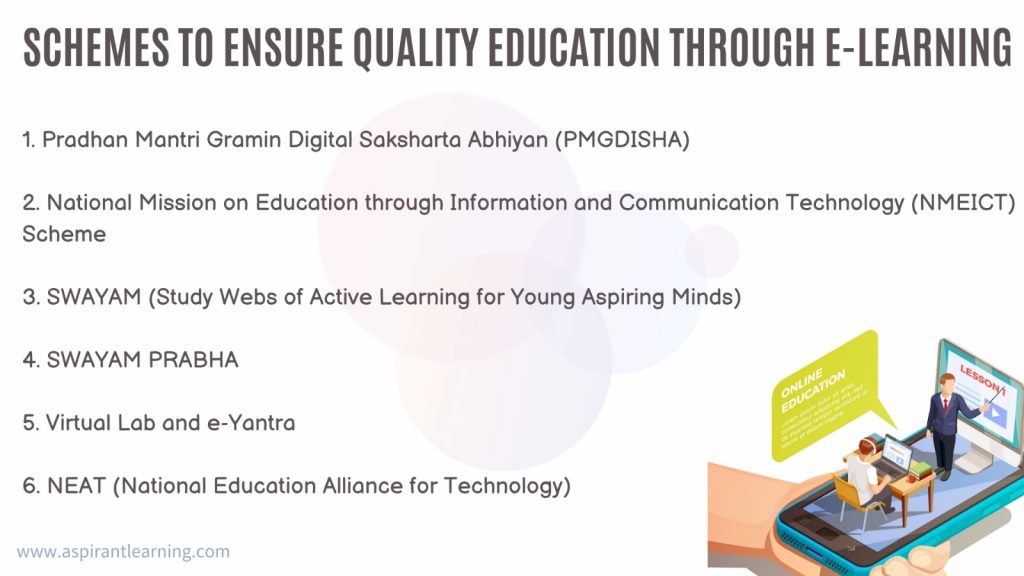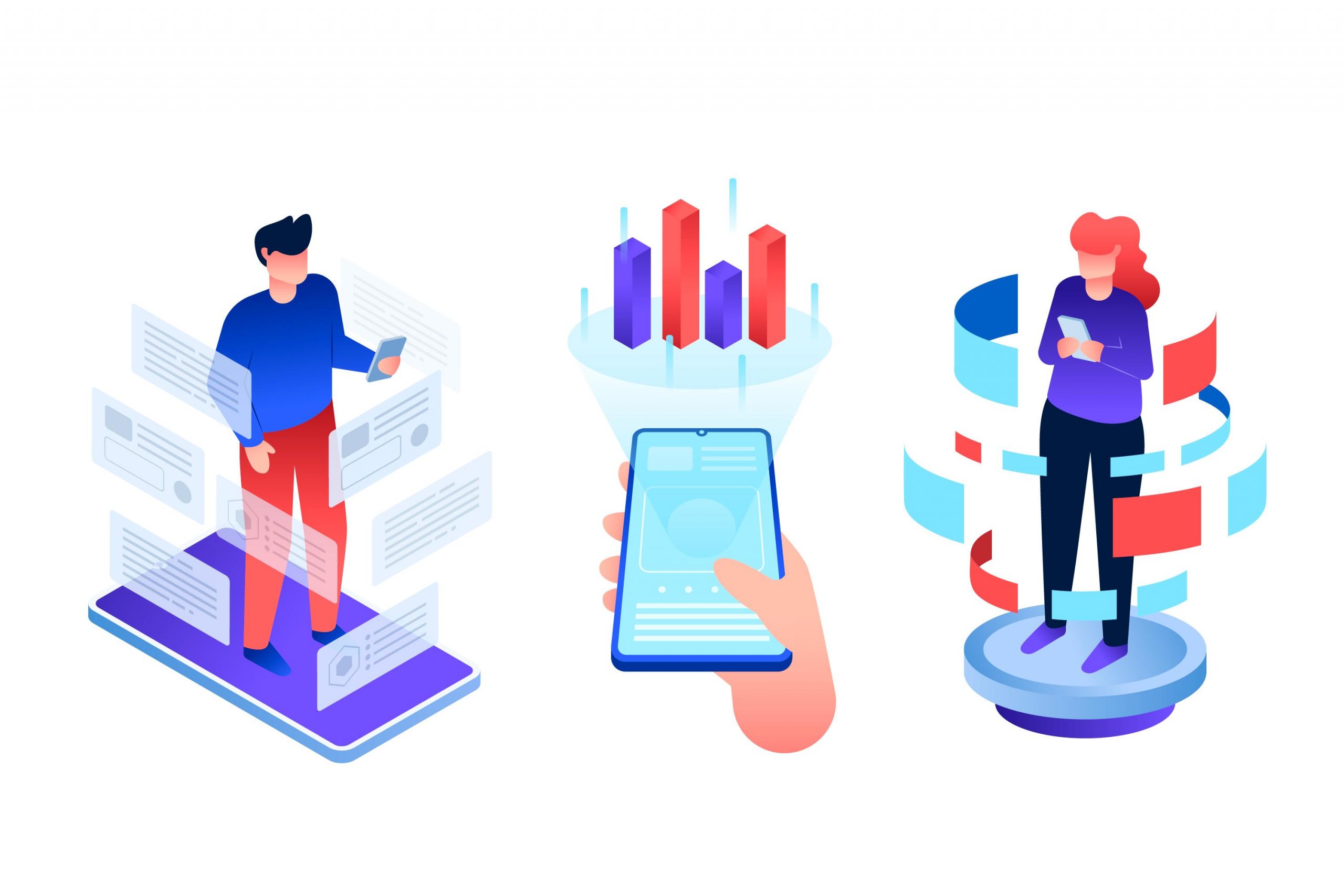News Highlights:
- The theme for International Women’s Day 2023 is ‘DigitALL: Innovation and Technology for Gender Equality.’
- Despite progress in closing the global gender gap, women and girls remain left behind in the digital world.
Digital gender gap:
- Definition:
- It is the inequalities between men and women regarding access to information and communications technologies.
- The term “digital gender gap” was coined by UN Women in 2010.
- Digital Equity:
- Digital equity, on the other hand, is about providing everyone with equal opportunities to use technology to improve their lives.
- It includes ensuring everyone has internet access and the skills they need to use it effectively.
- Why Women have limited access?
- It is often believed that women’s access to technology will motivate them to challenge patriarchal societies.
- There is also a belief that women need to be protected and that online content can be dangerous for women and it will expose them to risks.
- As a consequence, girls and women who ask for phones face suspicion and opposition.
Data on the digital divide:
- Worldwide data:
- According to a UNICEF report, as many as 90% of the jobs in the world today have a digital component.
- These jobs, however, are available only to the digitally able and to more men than women.
- According to the report, in developing countries, only 41% of women have access to the internet compared with 53% of men.
- Women are 20% less likely to own a smartphone and are more likely to borrow phones from a male family member.
- Another report by the Organisation for Economic Cooperation and Development revealed that the gender gap in internet use is widening.
- Software development remains male-dominated, with women comprising only 15% of software designers.
- The digital divide in India:
- According to Oxfams Report 2022, India performs the lowest in Asia-Pacific, with the largest gender disparity at 40.4%.
- The report revealed that 95 per cent of salaried permanent workers have a phone compared to only 50 per cent of the unemployed (willing and looking for a job) a phone in 2021.
- Contrary to popular perception, the use of computer devices decreased in rural areas according to the report.
- Before the pandemic, only 3% of people in rural areas had access to computers. After the pandemic, this was reduced to 1%. The percentage of people who own computers is 8% in Urban areas.
- According to the survey, just 31% of the rural population utilises the Internet, compared to 67% of their urban counterparts, although achieving a significant (digital) growth rate of 13% in a year.
- Bihar has the lowest internet penetration, followed by Chhattisgarh and Jharkhand, while Maharashtra has the highest, followed by Goa and Kerala.
- Less than 1% of the Scheduled Tribes (ST) and 2% of the Scheduled Castes (SC) own a computer or laptop, compared to 8% of the General caste.
- The NFHS survey (19-20) states that only 42 per cent of Indian women have ever used the internet, and the 2017-18 NSSO confirms that only 8.5 per cent of women could use the internet.
Benefits of Digital Literacy:
- Growth in Income and Livelihood opportunity:
- It increases and promotes business and helps to learn new ways of earning money using the digital medium.
- Increase Female Work Participation Rate:
- It is significant given India’s female work participation rate, at 25 per cent in 2020-21, is among the lowest for emerging economies.
- Changes in Women’s Perception:
- Acquisition of digital skills changes women’s perception of digital technology’s role in optimising their income generation.
- Improves work practice and prospect:
- Attainment of digital skills improves work practices and prospects.
- It improves women’s safety and self-reliance by using smart devices.
Challenges leading to Gender Digital Divide:
- The post-pandemic world:
- Children struggled to keep up with their studies using limited smartphones and computers.
- UNESCO estimated that around 168 million girls enrolled in pre-primary to tertiary levels of education were affected.
- It is possible that within some families, boys had more access to scarce digital resources.
- Always second to men:
- Girls and women are denied access to digital technologies because they almost always come second in a patriarchal social order.
- Data on literacy, education, and access to resources confirm their reality of being second to men.
- Online abuse faced by women
- The dangerous trend in online abuse was forcing women out of jobs, causing girls to skip school, damaging relationships and silencing female opinions, prompting him to conclude that “the web is not working for women and girls”.
- Offline impacts:
- Online harassment often translates into offline impacts and consequences, with much-documented evidence in this regard.
- Inadequate artificial intelligence:
- The third threat comes from poorly designed artificial intelligence systems that repeat and exacerbate discrimination.

Way Forward:
- If women realise their full potential in the digital age, the government must target the current gender gaps.
- Help women complement their social skills with higher education and advanced digital skills.
- Support high-quality online platforms to foster women’s entrepreneurial skills.
- Popularise innovative web-based instruments that improve female entrepreneurs’ access to financial capital.
- Governments can develop customer protection frameworks to help protect women with low financial literacy and build trust in digital payments.
Pic Courtesy: Freepik
Content Source: The Hindu



